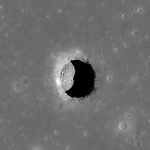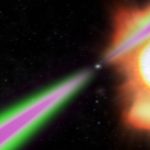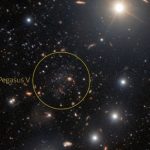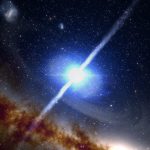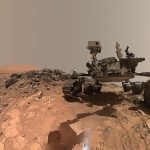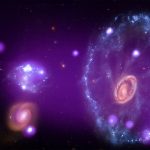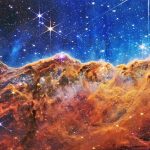Scientists discover places on the moon where it’s always ‘sweater weather’
People could potentially live and work in lunar pits and caves with steady temperatures in the 60s.
Future human explorers on the moon might have...
Scientists discover the heaviest neutron star to date
A dense, collapsed star spinning 707 times per second — making it one of the fastest spinning neutron stars in the Milky Way galaxy...
How will JetBlue’s $3.8B acquisition of Spirit Airlines affect consumers?
After a months-long bidding war, JetBlue Airways has agreed to buy Spirit Airlines for $3.8 billion.
The deal, which was announced Thursday, would create the...
Scientists find remnants of an ancient galaxy at the edge of Andromeda
An amateur astronomer examining archival data processed by the Community Science & Data Center tipped off astronomers about a smudge of interest in an...
Astronomers find origins of mysterious gamma-ray bursts
Several mysterious gamma-ray bursts appear as lonely flashes of intense energy far from any obvious galactic home, raising questions about their true origins and...
Scientists find the source of rare mineral on Mars
Planetary scientists have an answer to a mystery that’s puzzled the Mars research community since NASA’s Curiosity rover discovered a mineral called tridymite in...
How did Earth avoid a Mars-like fate?
Approximately 1,800 miles beneath our feet, swirling liquid iron in the Earth’s outer core generates our planet’s protective magnetic field.
This magnetic field is invisible...
Scientists detect a radio “heartbeat” from far away galaxy
Astronomers have detected a strange and persistent radio signal from a far-off galaxy, that appears to be flashing with surprising regularity.
Classified as a fast...
What do the Webb Space Telescope images reveal?
NASA set off a frenzy within the astronomy community last week with its much-anticipated release of the first images taken by the James Webb...
Novel way to see first stars through fog of early Universe
Astronomers have developed a method that will allow them to ‘see’ through the fog of the early Universe and detect light from the first...

